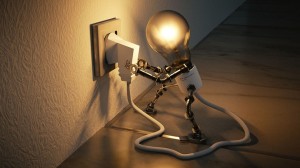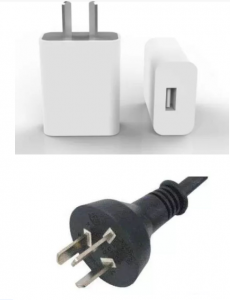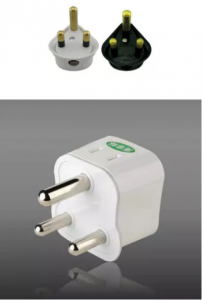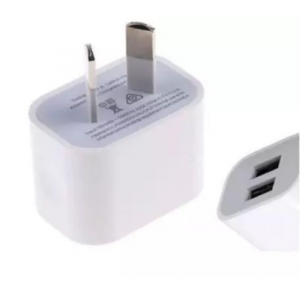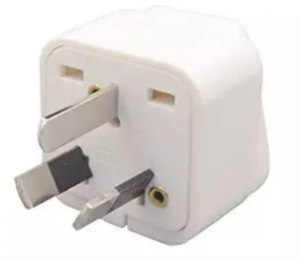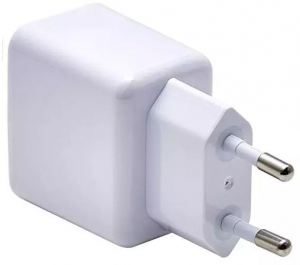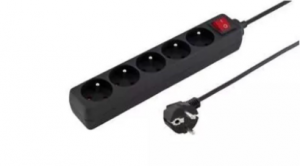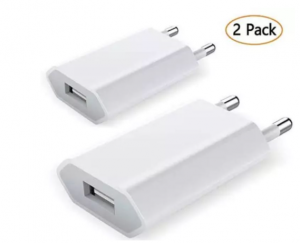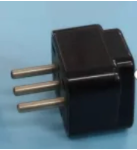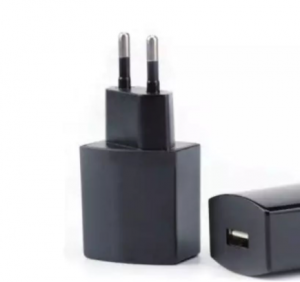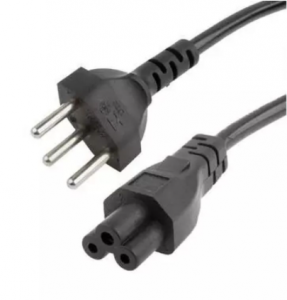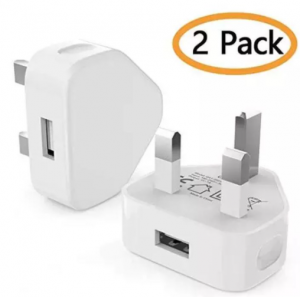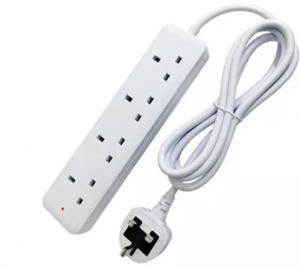This time we continully introduce the plugs.
6. Argentina
Voltage: 220V
Frequency: 50HZ
Features: The plug has two flat pins in a V-shape as well as a grounding pin. A version of the plug, which only has the two flat pins, exists as well. The Australian plug also works with sockets in China.
7.Australia
Voltage: 240V
Frequency: 50HZ
Features: The plug has two flat pins in a V-shape as well as a grounding pin. A version of the plug, which only has the two flat pins, exists as well. The Australian plug also works with sockets in China.
8.France
Voltage: 220V
Frequency: 50HZ
Features: The Type E electrical plug has two 4.8 mm round pins spaced 19 mm apart and a hole for the socket’s male earthing pin. The Type E plug has a rounded shape and the Type E socket has a round recess. Type E plugs are rated 16 amps.
Note: The CEE 7/7 plug was developed to work with Type E and Type F sockets with a female contact (to accept the earthing pin of the Type E socket) and has earthing clips on both sides (to work with Type F sockets).
9.Italy
Voltage: 230V
Frequency: 50HZ
Features: There are two variations of the Type L plug, one rated at 10 amps, and one at 16 amps. The 10 amp version has two round pins that are 4 mm thick and spaced 5.5 mm apart, with a grounding pin in the middle. The 16 amp version has two round pins that are 5 mm thick, spaced 8mm apart, as well as a grounding pin. Italy has a kind of “universal” socket that comprises a “schuko” socket for C, E, F and L plugs and a “bipasso” socket for L and C plugs.
10.Switzerland
Voltage: 230V
Frequency: 50HZ
Features: The Type J plug has two round pins as well as a grounding pin. Although the Type J plug looks a lot like the Brazilian Type N plug it is incompatible with the Type N socket as the earth pin is further away from the centre line than on Type N. However, Type C plugs are perfectly compatible with Type J sockets.
Type J plugs are rated 10 amps.
11. United Kingdom
Voltage: 230V
Frequency: 50HZ
Features: The Type G electrical plug has three rectangular blades in a triangular pattern and has an incorporated fuse (usually a 3 amps fuse for smaller appliances such as a computer and a 13 amps one for heavy duty appliances such as heaters). British sockets have shutters on the live and neutral contacts so that foreign objects can’t be introduced into them.
Post time: Mar-16-2021
